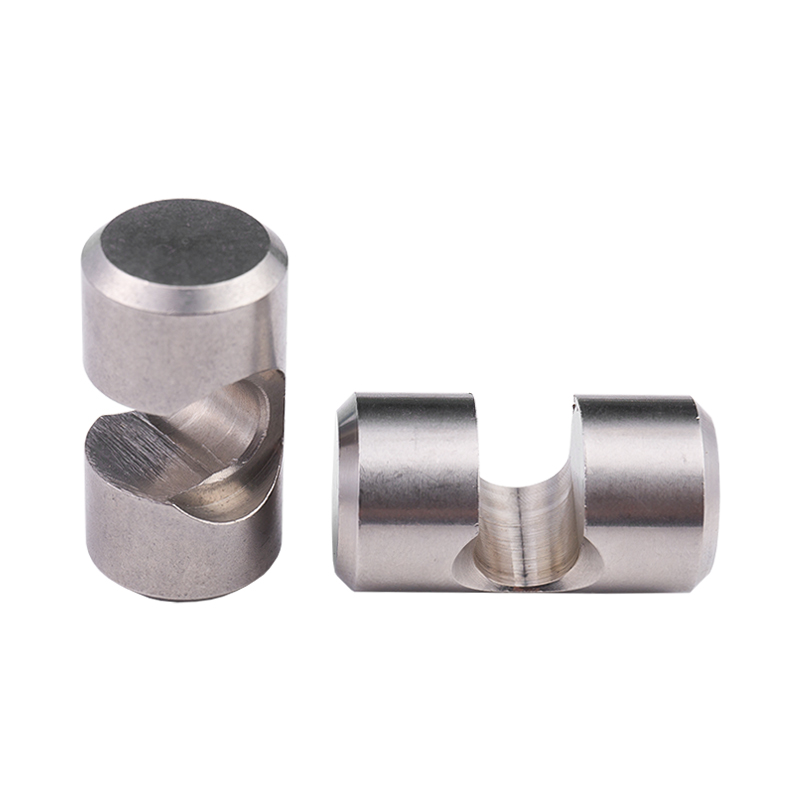-
CBB61 1.2uF/400V Black Film CapacitorsThe CBB61 1.2uF/400V capacitor features a black casing with black dielectric material, measuring 37mm × 24mm × 13mm. It includes mounting holes for se...
-
CBB61 1.5uF/400V CapacitorsThe CBB61 1.5uF/400V capacitor shares the 37mm × 24mm × 13mm black casing and black dielectric material with its 2.0uF counterpart. It also features m...
-
CBB61 2.0uF/400V CapacitorsThe CBB61 2.0uF/400V capacitor comes in a black casing with a black dielectric material, measuring 37mm × 24mm × 13mm. It includes mounting holes for ...
-
CL21 155/400V CapacitorsThe CL21 155/400V capacitor measures 22.5mm × 17.5mm × 10.3mm and is designed with a brown encapsulated casing, offering robust insulation and environ...
-
CL21 105/630V CapacitorsThe CL21 105/630V capacitor has dimensions of 22mm × 12.5mm × 7mm and features a brown encapsulated design, providing enhanced insulation and mechanic...
-
X2-104uf/305V CapacitorsThe X2-104uF/305V capacitor measures 18mm × 12mm × 11mm and features a yellow shell and yellow dielectric material, ensuring reliable insulation and l...
What are the environmental implications of manufacturing and disposing of automotive hardware parts?
Industry News-The environmental implications of manufacturing and disposing of automotive hardware parts are significant, spanning from the extraction of raw materials to the end-of-life management of these components. Automotive hardware parts, which include essential components like bolts, nuts, brackets, and structural elements, are integral to the functionality and safety of vehicles. However, their production involves processes that can have notable environmental impacts.
Starting with manufacturing, the extraction and processing of raw materials such as metals (steel, aluminum, copper) and polymers (plastics) contribute to environmental degradation. Mining activities for metals can lead to habitat destruction, soil erosion, and contamination of water sources with heavy metals and other pollutants. Similarly, the production of plastics involves petrochemical extraction and refining, which consume significant amounts of energy and contribute to greenhouse gas emissions.
During manufacturing, various pollutants are generated through industrial processes. These include air emissions from combustion processes and chemical reactions, wastewater discharges containing pollutants from cleaning and finishing operations, and solid waste in the form of metal scrap, plastic trimmings, and packaging materials. Efforts to mitigate these impacts focus on adopting cleaner production technologies, improving energy efficiency, and implementing waste reduction strategies.
Moreover, the use of hazardous chemicals in manufacturing poses risks to both the environment and human health. Solvents, lubricants, and coatings used in machining and surface treatment can contain toxic substances that, if not properly managed, may pollute soil, water, and air. Strict adherence to environmental regulations and the adoption of safer chemical alternatives are crucial steps in minimizing these risks.

The disposal phase of automotive hardware parts also presents environmental challenges. When parts reach the end of their service life, they contribute to the growing volume of automotive waste. Metal parts, if not recycled, may corrode in landfills, potentially releasing toxic metals into the environment. Plastics, which are commonly used in automotive interiors and exteriors, persist in the environment for extended periods and contribute to plastic pollution.
To mitigate these impacts, recycling initiatives play a vital role in recovering valuable materials from automotive hardware parts. Metals can be recycled into new products, reducing the demand for virgin materials and lowering energy consumption and greenhouse gas emissions associated with metal production. Likewise, efforts to recycle plastics help reduce the environmental footprint of automotive waste by diverting these materials from landfills and incineration.
In conclusion, while automotive hardware parts are essential for vehicle performance and safety, their manufacturing and disposal have undeniable environmental consequences. The industry's shift towards sustainable practices involves improving resource efficiency, reducing emissions throughout the supply chain, and promoting circular economy principles. Advancements in materials science and engineering are also driving innovations in eco-friendly materials and manufacturing processes. By addressing these environmental challenges holistically—from reducing raw material consumption and emissions during manufacturing to implementing effective recycling and waste management strategies—the automotive industry can minimize its environmental footprint and contribute to a more sustainable future.



 русский
русский Español
Español